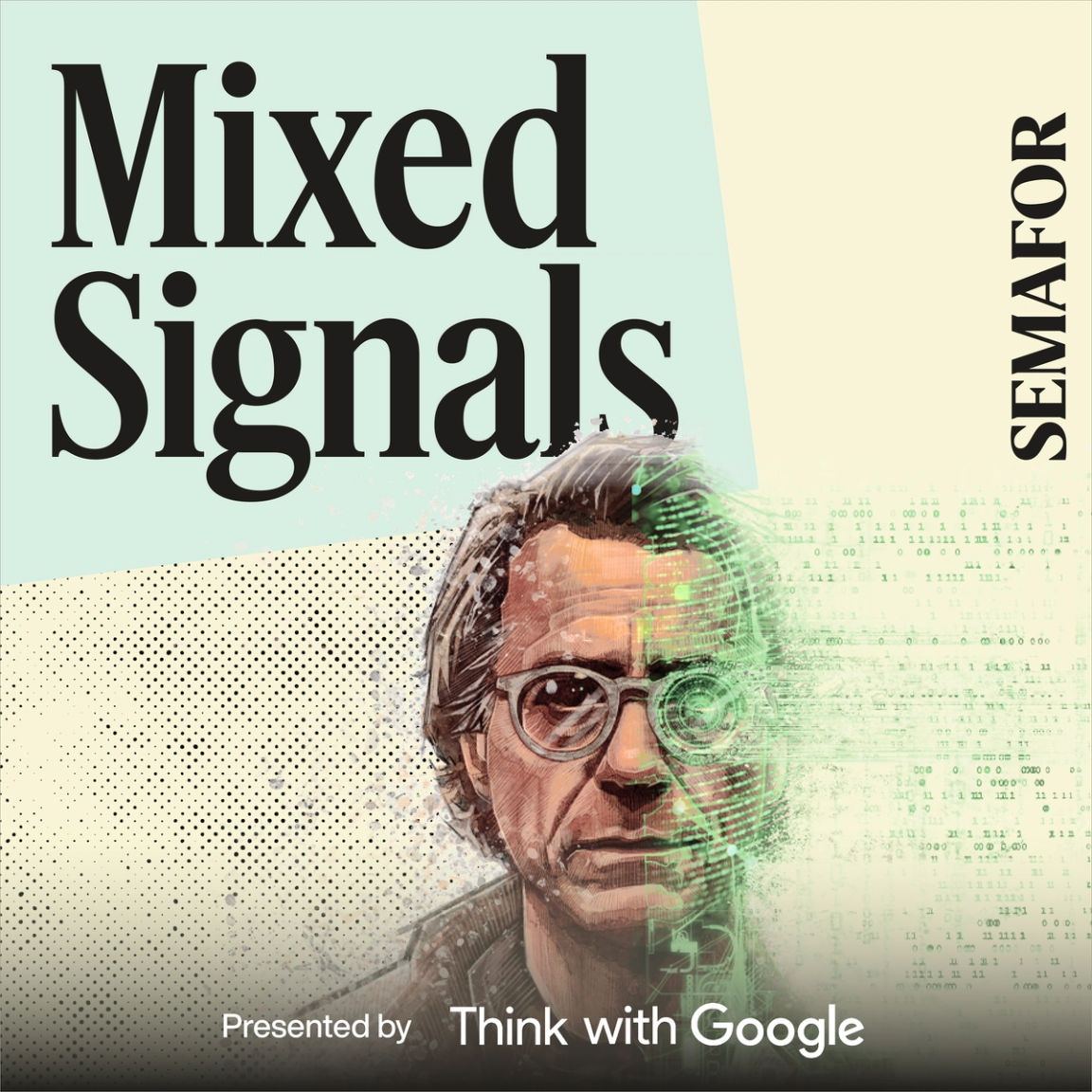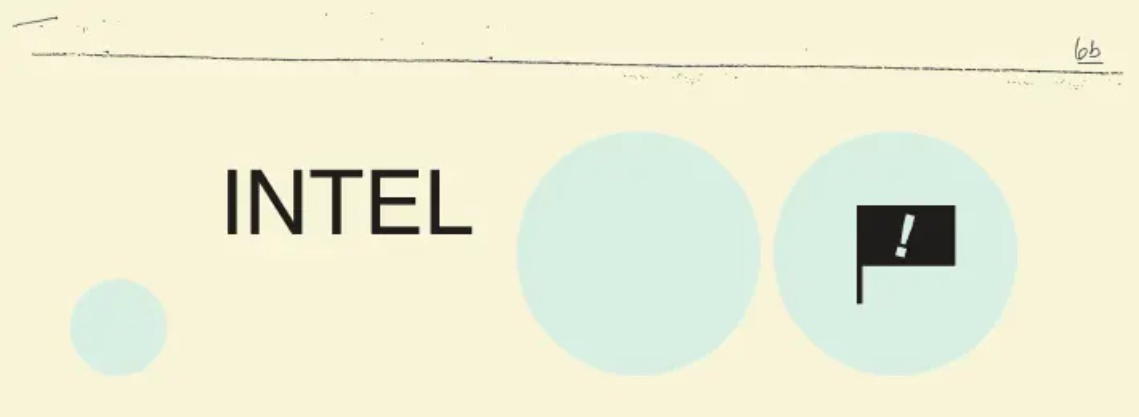 (via Substack) (via Substack)Seven years since its launch, the newsletter platform Substack has consolidated its dominance of the independent news business. Now, it’s trying to position itself as something more: a central platform for paying creators of all kinds, untethered to the news cycle and beyond the tough-to-monetize medium of text. The company’s accomplishments are remarkable: Its recommendation network is responsible for 50% of all subscriptions and 30% of paid subscriptions, offering a strong argument for why writers should use Substack rather than technically similar but smaller competitors like Ghost and Beehiiv. The company told Semafor that live coverage on Substack of major news events, such as President Joe Biden leaving the presidential race and the presidential debates, have spiked subscription revenue by millions for its publishers. And while it’s lost a few high-profile creators over its refusal to kick fringe or offensive voices off the platform, it has added more and now dominates the attention of media elites and political junkies, with channels spanning Bari Weiss’ Free Press and Mehdi Hasan’s Zeteo, the Never-Trump site The Bulwark and the anti-establishment leftist outlet Drop Site News. When top journalists left the Washington Post and the Guardian in recent weeks, Substack was their obvious destination. The company still isn’t profitable on an annual basis, and declined to say how much revenue has grown since it was reported to be a modest $9 million in 2022. But Substack has added more than a million paid subscribers over the last year. News content continues to account for the company’s largest segment of subscribers, and it has more in the pipeline. To avoid fizzling the way competitors like Medium have, Substack is trying to become less a journalism platform and more a payment system for creators. In recent months, the company has been reaching out to influencers, video creators and podcasters to convince them to join the platform. It doesn’t need beauty influencers, say, to all of a sudden become bloggers. But it does want to be the primary vehicle for backing creators regardless of medium. The pitch is simple: YouTube and other platforms do not generate meaningful revenue for the vast majority of creators, and other ways of making money like brand deals can be inconsistent and subject to volatile ad market trends. | 







